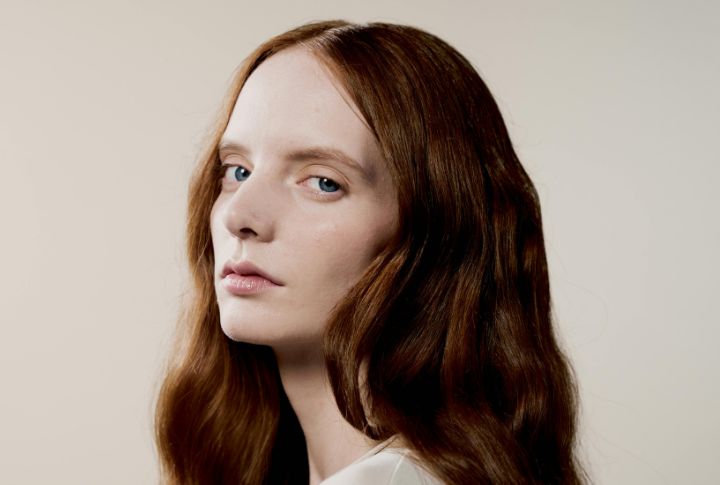
Forget everything you know about beauty routines. Folks in the past had some truly head-scratching ideas about looking their best. They tried anything to stand out, even if it meant a little discomfort. Some habits might make you cringe; others could spark a laugh. Curious about what counted as self-care before the age of influencers? Keep reading.
Luxury Skincare Took A Wild Turn In Ancient Egypt
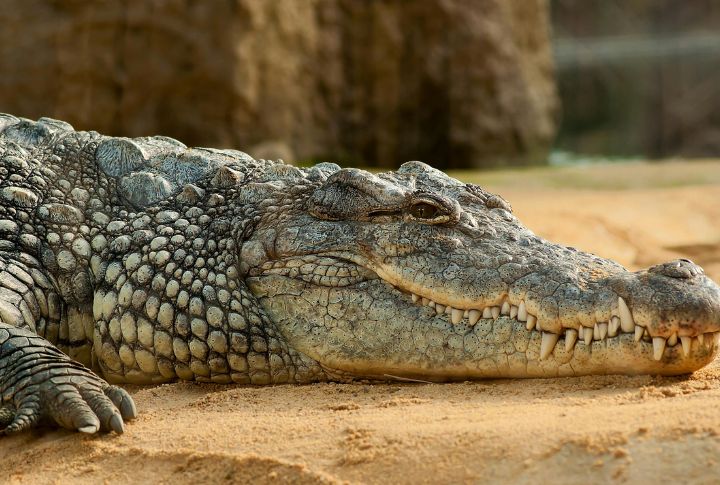
Crocodile dung was once a go-to skincare ingredient in ancient Egypt, used by both men and women who believed it kept skin youthful and radiant. Despite its pungency, the substance was applied for its perceived cosmetic and medicinal effects, often mixed into creams or masks to promote healthy skin.
Bird Droppings Were A Hair Loss Remedy
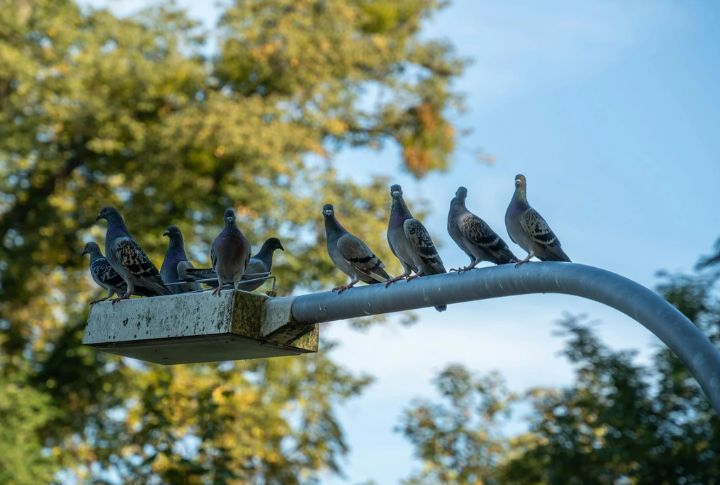
In the 17th century, bird droppings were believed to cure baldness. Some recommended washing the scalp with pigeon dung and lye to promote hair growth. Though the method lacked scientific backing, many desperate individuals endured the foul remedy in hopes of regaining hair.
Romans Had A Rough Method For Clean Teeth

For a dazzling smile, ancient Romans reached for tooth powders made from crushed bones and oyster shells. These abrasive mixtures were vigorously rubbed onto teeth with sticks or cloth, ultimately scraping away stains but also risking enamel damage. The quest for pearly whites was anything but gentle.
Hair Lightening Came With A Price In The Middle Ages
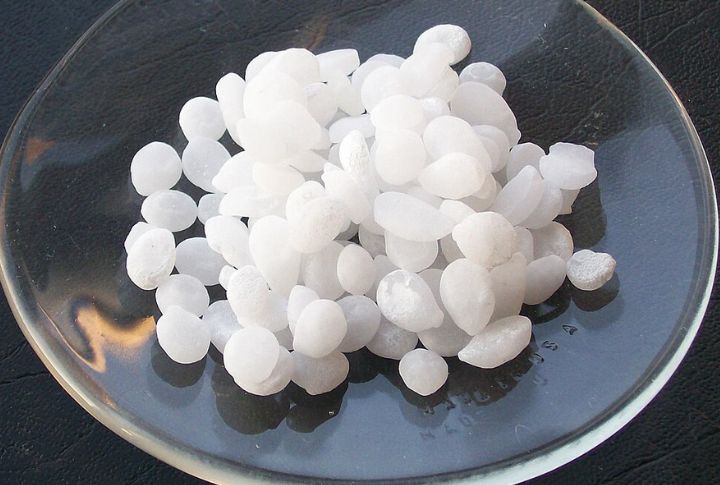
Medieval aristocrats, especially women, wanted lighter hair. To get it, they rubbed lye—a strong, burning chemical—into their hair and sat in the sun for hours. The mix often left hair dry and damaged, but achieving that coveted golden color was worth the risk for the elite.
Pale Faces Were All The Rage In Tudor England
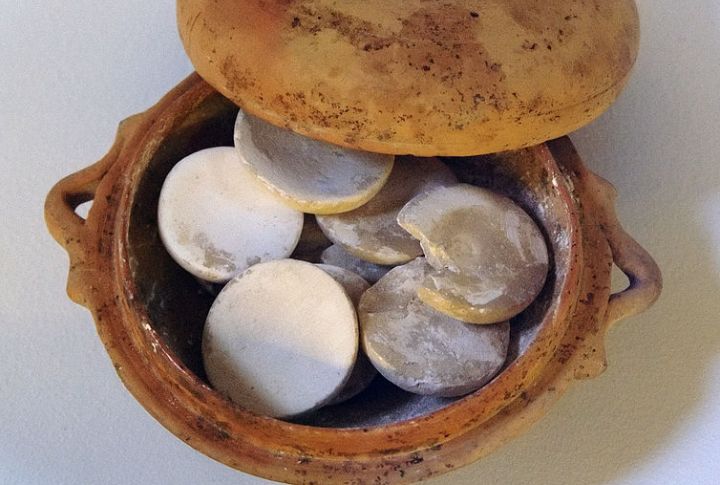
During the Tudor period, a ghostly white face was the ultimate status symbol. Women painted their skin with “Venetian ceruse,” a mixture of white lead and vinegar. This toxic concoction created a flawless porcelain look, though it frequently caused severe skin problems and even lead poisoning.
Leeches Were A Go-To For Clear Skin
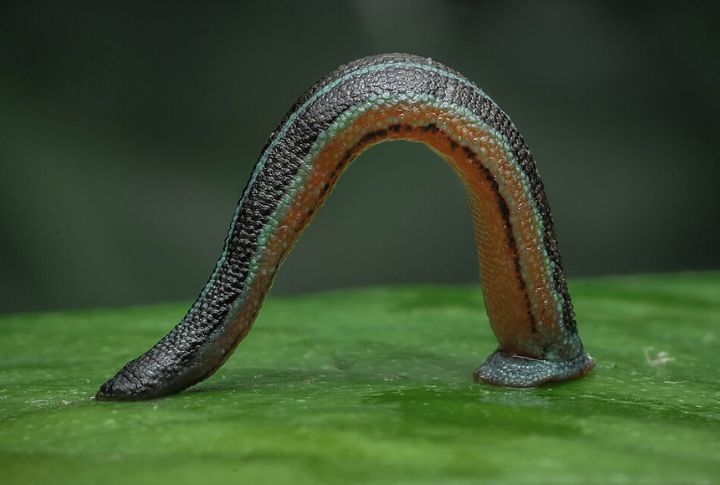
Barbers in Renaissance Europe doubled as rudimentary dermatologists. Leeches were applied to draw blood, believed to remove toxins and clear complexions. The sight of these wriggling creatures clinging to faces was common in the pursuit of blemish-free skin despite the discomfort.
Facial Hair Got A Dramatic Boost
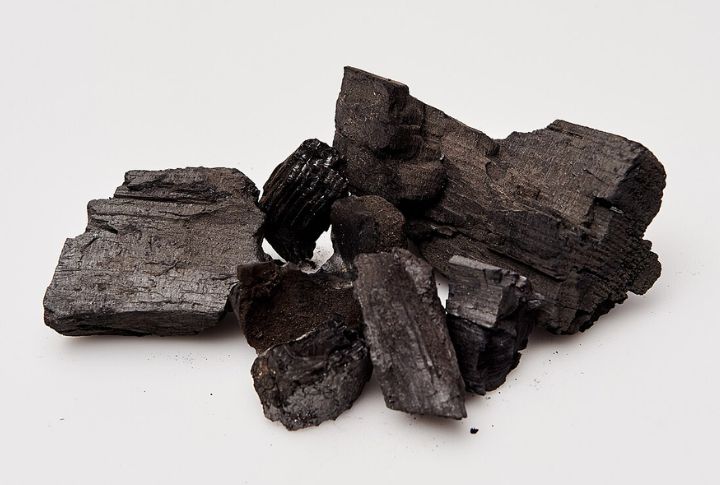
A bold, dark mustache was the hallmark of Victorian masculinity. Men achieved this by rubbing burnt cork or soot onto their facial hair, instantly deepening its color. The effect was dramatic, but rain or sweat could turn this grooming hack into a streaky mess.
Glowing Skin Came At A Radioactive Cost
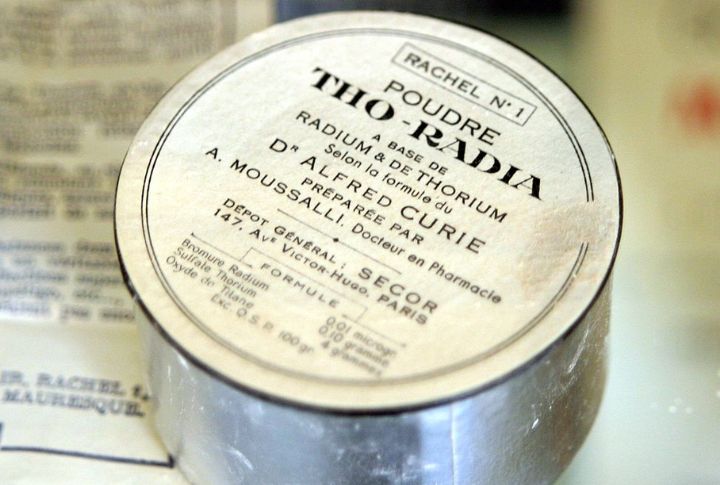
In the early 1900s, the promise of radiant skin led to the use of creams infused with radium. These products were touted as miracle elixirs for a luminous complexion. What users didn’t realize was that the radioactive element posed serious health risks, ultimately making this one of beauty history’s most dangerous fads.
Beer Was The Secret To Long-Lasting Curls
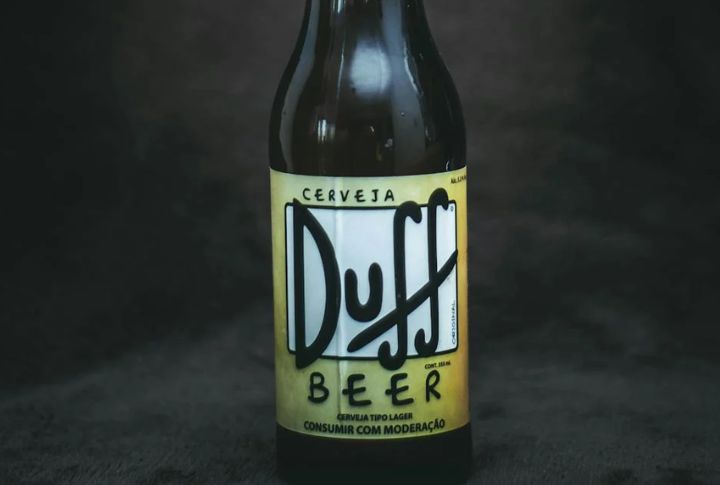
Beer wasn’t just for drinking in the 1950s—it was a popular setting lotion for hair. Stylists would soak strands in beer before curling, relying on its natural proteins to add volume and hold. The result was bouncy, long-lasting curls, though the lingering scent was less than glamorous.
Brows Were Sharpened With Unusual Tools
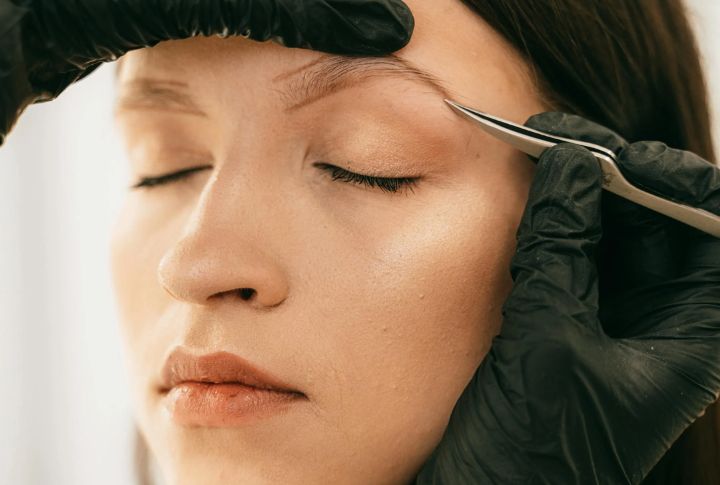
Eyebrow grooming in the Edwardian era involved more than simple plucking. Women softened brow hairs with vinegar before meticulously tweezing them into thin, elegant arches. The vinegar’s acidity made the process less painful and helped prevent irritation, leaving brows sharply defined.

Comments
Loading…